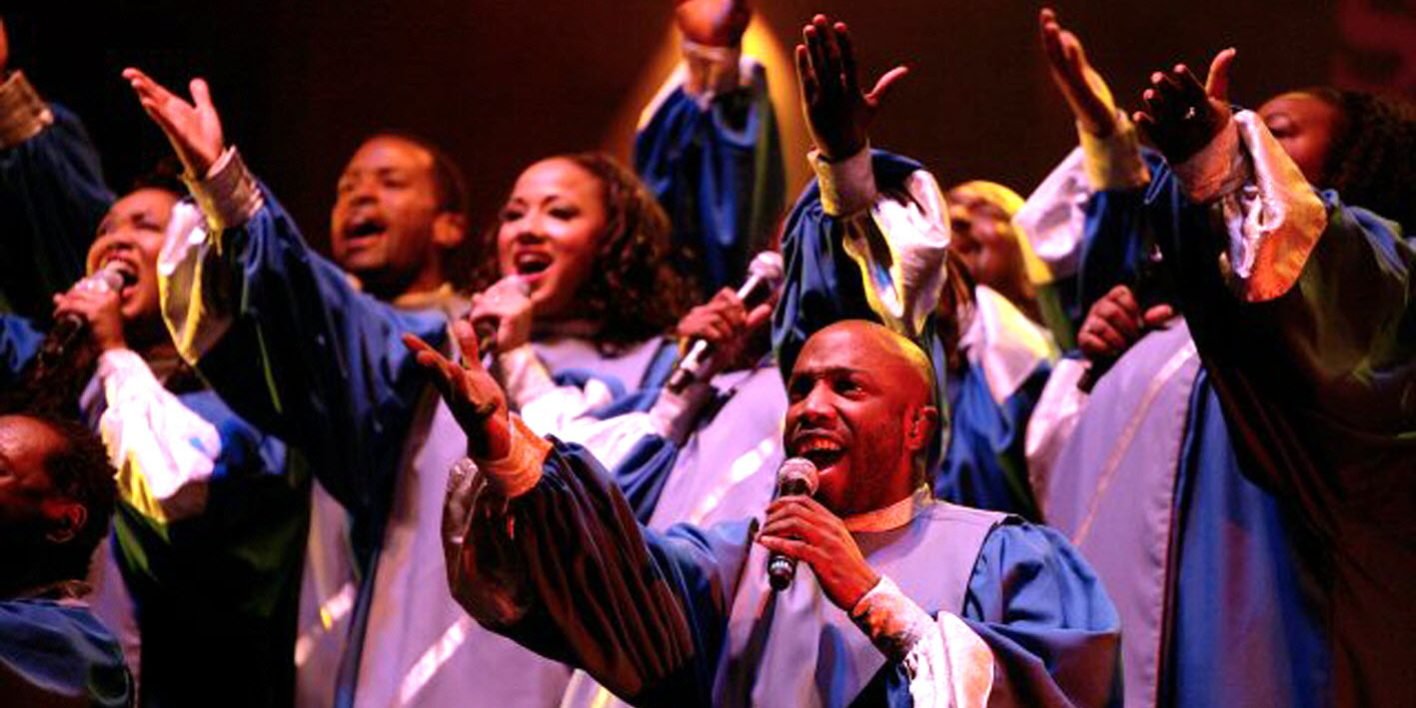What happens when religion leaves the congregation? From coffee shops to living rooms, people engage with religious texts, sermons, and traditions wherever they can access them. Religion cannot be confined to a physical space.
Nor are religious practices confined to those who identify as religious. Many people identify as disaffiliated from a religious tradition, ‘spiritual but not religious,’ or ‘not practicing.’ These different positionalities prompt us to consider religion’s afterlife. What happens to religion when people do not necessarily identify with a tradition? In what ways does it exist outside of a congregation?
While researchers have explored how things such as prayer, meditation, and belief in God are salient components in people’s lives, it is also important to understand how the experiences congregations produce transcend congregational spaces. How do people unaffiliated with a congregation or its religious tradition still engage with these experiences?
“Congregations produce experiences that transcend physical spaces.”
Black Protestant congregations are a good place to look for answers. They are distinctive from other Protestant congregations in a variety of ways, with one prominent distinction being their style of worship. The use of specific African aesthetic components such as call and response, audience participation, and bodily rhythms contributes to the creation of unique, communal experiences within Black Church spaces. These are the kinds of things we need to observe when trying to understand any congregation’s culture.
Gospel music, particularly, African American gospel music, embodies these elements; drawing on Negro spirituals, hymnals, the blues, and Black American experiences during slavery and the Great Migration, its thematic components of struggle and hope resonate with Black people from different walks of life. In the mid-20th century, gospel music blossomed in its popularity and reach, and it can now be streamed and listened to by people across the world.
A result of gospel music’s reach beyond Black Protestant congregational spaces has been its resonance among Black people who do not identify with Christianity. Consider these statements from Black X (formerly Twitter) users:
“I’m not a Christian but gospel music will forever be played. It’s what I grew up on.” @Moronoxvy (X, April 4, 2021)
“No I’m not a Christian. Yes I listen to gospel music. We exist.” @Angiebaddd (X, April 30, 2022)
“I’m not a Christian right now, but I’m a Christian when I hear Black gospel music.” @ikemoses (X, February 19, 2023)
“I’m not a Christian but gospel music is so deeply connected to Black culture & emotional release I will definitely play it and sing. It’ll always be a part of me.” @ZVKIV (X, March 17, 2023)
These posts provide a snapshot of the ways that congregations produce experiences that transcend physical spaces and groups of people. We see here that many Black individuals who explicitly distance themselves from Christianity still acknowledge gospel music as something that resonates with them: as people, and as Black people. While the heterogeneity of religious identities is present among Black people, we can see how the historically Black Protestant product of gospel music illuminates a thread between Black individuals that may be overlooked and only scratches at the surface of gospel music’s impact. There are many non-Black folks who may have powerful connections to gospel music, too.
When we’re studying religion, we need to consider the influence that congregations can have in distributing its impact outside of institutional boundaries. Congregations have the power to create experiences that can resonate with folks who may never step foot in a religious space, and these experiences can have long-lasting effects on people’s navigation of society. Exploring how people unaffiliated with a congregation or its religious tradition still engage with congregational experiences helps us better understand this power.
Suggested reading:
McGuire, Keon M. 2018. “Religion’s Afterlife: The Noninstitutional Residuals of Religion in Black College Students’ Lived Experiences.” Journal of Diversity in Higher Education 11(3):309–24. https://doi.org/10.1037/
Turner, Patrice E. 2008. “Getting Gospel Going.” Music Educators Journal 95(2):62–68. https://doi.org/10.1177/0027432108326590
Williams-Jones, Pearl. 1975. “Afro-American Gospel Music: A Crystallization of the Black Aesthetic.” Ethnomusicology 19(3):373–85. https://doi.org/10.2307/850791


